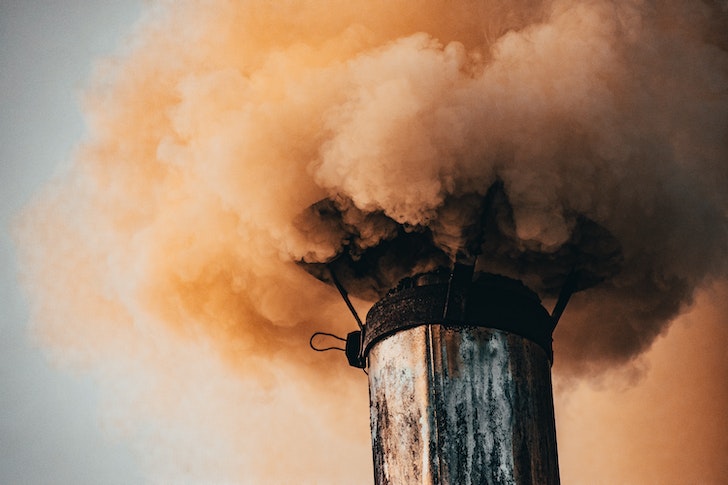Ever since Covid-19, people have been experiencing loss in their smelling ability- Olfactory System- which has caused an airways disease, Anosmia. A patient is diagnosed with anosmia when they lose their smelling sense, which has been spiraling downwards rapidly, especially the elderly.
How Did This Seed Sow?
The fire station at our homes and the combustion of fuels give birth to nanoscale airborne pollutants, PM2.5 that eventually end up damaging the olfactory system. Recent research has shown a broader view of these particles, that they aren't only caused by industrial, but commercial practices play an equal part as well.
A case study by Murugappan Ramanathan Jr, a rhinologist at the Johns Hopkins School of Medicine, showed that out of 2690 patients, 20% suffered from Anosmia but didn't smoke. Another study held in Mexico in 2006 analyzed people by making them smell the odors of strong coffee and oranges. As a result, people living in Mexico city had more of a faded sense of smell than the towns' residents.
Epidemiologists all over the globe have been rocking over the root cause present in our atmosphere. Research in northern Italy proved that the olfactory system of adolescents had been weaker than ever.

ionelceban /Pexels | Industries playing their role in destroying the ozone layer.
Do These pollutants wear off our smelling ability in actuality?
The answer to this query can be proved scientifically. Just above our nostrils is the olfactory bulb; this micro tissue is what prevents bacteria and pollutants from entering our brain, playing a significant part in how we smell this world.
Woefully, Barbra Maher, a professor at Lancaster University in the UK, initiated a study that found nanoscale particles of metal in the human brain, particles of metals which were similar to the pollutants found on the city roads. According to this 2016 study, pollution harms our olfactory system to the point where the olfactory bulb can no longer fight against airborne particles, ending up reaching our brains. Ofcousre this is just a theory and can be edited.
Whereas Dr. Ramanathan believes that the pollutants don't need to fight their way through our nose to get into the brain, its basically a long-term suffering where the pollutants damage the nerves on a daily basis, causing inflammation and ending up as Anosmia.

Andrea Piacquadio /Pexels | The pollutants weaken the olfactory nerves causing illness.
PM2.5
The question arises, do the patients of Ansonia live in areas with a relatively higher rate of PM2.5? Well, according to research, at a senior center, some people having symptoms of Insomnia belonged to leafy areas. This establishes the fact that even a minor increment in PM2.5 can bring up a massive decline in sense of smell.
In 2021, the World Health Organization (WHO) revised its average exposure to PM2.5, reducing it from 10 micrograms to 5. Ideally, Sweden’s capital is one of those few cities in the world that stays below this level. For countries like Pakistan, India, and the USA, this seems inapplicable for the next hundred decades.

Ron Lach/Pexels | these pollutants to play a vital role in destroying one of the most important senses a human has
In a nutshell, it wasn't just the covid-19, but these pollutants played a vital role in collapsing one of the most significant senses a human has. This sense helps one see the world as a whole; it's not just the eyes that give you a view but the smell too, for one might not remember the way a pastry looked, but one will definitely remember how the bakery smelled. It's time we look into this.

